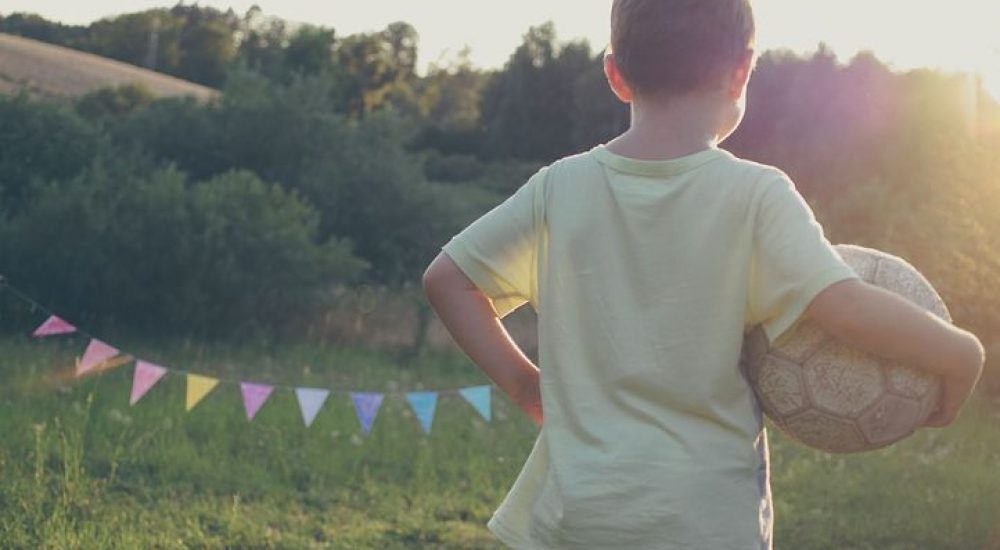It’s the middle of winter so, of course, I’m thinking about summer programs.
We know summer programs are important for education and the fight against obesity. Learning requires momentum and so does establishing a healthy lifestyle. Without summer programs to keep children’s minds and bodies active, many children, especially those from low-income backgrounds, experience “learning loss,” become less physically active, and fall into unhealthy eating habits. As a result, they lag behind their peers and spend their school careers playing an endless and frustrating game of catch up.
Summer learning is so important that last June First Lady Michelle Obama launched “United We Serve: Let’s Read, Let’s Move,” an initiative to draw attention to the need for summer learning and physical activity. Despite this, funding constraints have caused schools, municipalities and other traditional providers of low or no cost programs to cut or drastically reduce services.
Here in Southern California, Los Angeles Unified School District has cut summer school for all elementary and middle school students at schools on a traditional calendar year. At the high school level, programs are available only for those students who absolutely need them because they are behind on credits they need to graduate. (Obviously, summer instruction continues at schools on a year-round calendar, but there are very few in the district.) The City of Los Angeles has also cut parks programs in many neighborhoods. The situation is similar in the Garvey School District. Elementary and middle school summer programs have been eliminated, and Rosemead, one of the cities served by the district, will be offering only one full day program this summer, which will serve approximately 40 children.
Out of school program providers are dealing with the same difficult economy that has forced others to close programs.
It would be easy for us to throw our hands up and throw in the towel, but I hope we won’t. The stakes are too high for the children who will be left behind as the achievement gap widens. Families will be left with only one alternative –private summer programs, which are really no alternative at all for working families who cannot afford the $50 dollars or more they cost per day.
So, what can we do?
We can go to our donors and funders and build the case for summer programs. We can make sure they know about the 100 years of research that establishes the pattern of learning loss, and we can show them that summer programs prevent the phenomenon.
We can take the lead and spearhead a “stone soup” approach to pooling resources. One CBO, parks department, school and other entity may no longer be able to independently support an entire summer program, but if each contributes a small piece, it could yield big results for a group of children who otherwise wouldn’t have be served.
We can look around and find resources we hadn’t recognized before.
Are there parents or community members who have specials skills and would be willing to volunteer a few hours of their time? What about the kids themselves? Older kids can pass along skills they have mastered and gain valuable work experience by serving as coaches and mentors to their younger peers.
And, we have to be willing to do business differently than we are used to doing it. For example, we may have to ask families to make a contribution to defray program costs. Families could pay a small fee, determined on a sliding scale based on need. Although we would prefer to offer programs for free, as many of us have traditionally done, we can’t look at this as an unpalatable choice but rather as a practical solution. The alternative to charging for programs may be no programs at all, and that would not serve anyone.
Our job is to deliver the best programs possible within our circumstances.
What we don’t have can be discouraging, but it also gives us an opportunity to be creative and to discover different, perhaps even better, ways of meeting our goals.
Please share your ideas with the group.
My breakfast: Egg white salad (the best from Trader Joes) and coffee.
Author: Cathie Mostovoy
